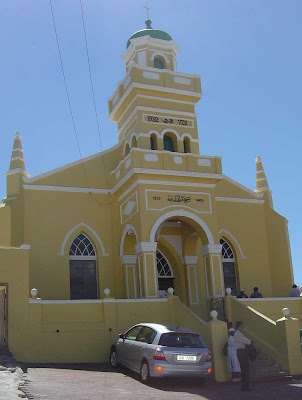Medical devices earlier times was horrible and hideous to behold, everything is in direct contact with the sick body.
For those of us in today, it seems difficult to make sense. However, the technology at that time was not as advanced as today, so naturally.
As a flashback, we see some of them:
Was first used in medical terms to enter the smoke through the anus / rectum, the tool used against the victims drowned. By entering the tobacco smoke through the anus / rectum, it is believed that the drowning victim can breathe again after fainting due to drowning.
Dipergunakan untuk pengobatan penyakit mata dan telinga.
3.Double Guillotine(1860)
Used for the treatment of diseases of the eye and ear.
4.Screw Gag(1880-1910)
Used to force open the mouth of the patient.
Saws used for sawing injuries deemed to have been weak for surgery.
6.Backward Scissors(1550)
These saws are used to perform the amputation surgery.
Knives and scissors are used for operations.
8.Manual Trepanation Skull(1800)
Tool used to pierce the skull (the head of the operation).
9.Tools For Operations On Hemorrhoids And The Uterus(1870)
Chains that exist in the tool used to cut channels gemmoroidalny site.This tool will be incorporated into the body area affected hernia and will be left in a few weeks and will be issued, and the use of these scars will heal the hernia.
11.Tool To Extract the bullet(1500)
11.Tool To Extract the bullet(1500)
By using this tool, the bullet that penetrated into the body will be removed.
how scaryyyyyyy~~~
how scaryyyyyyy~~~















